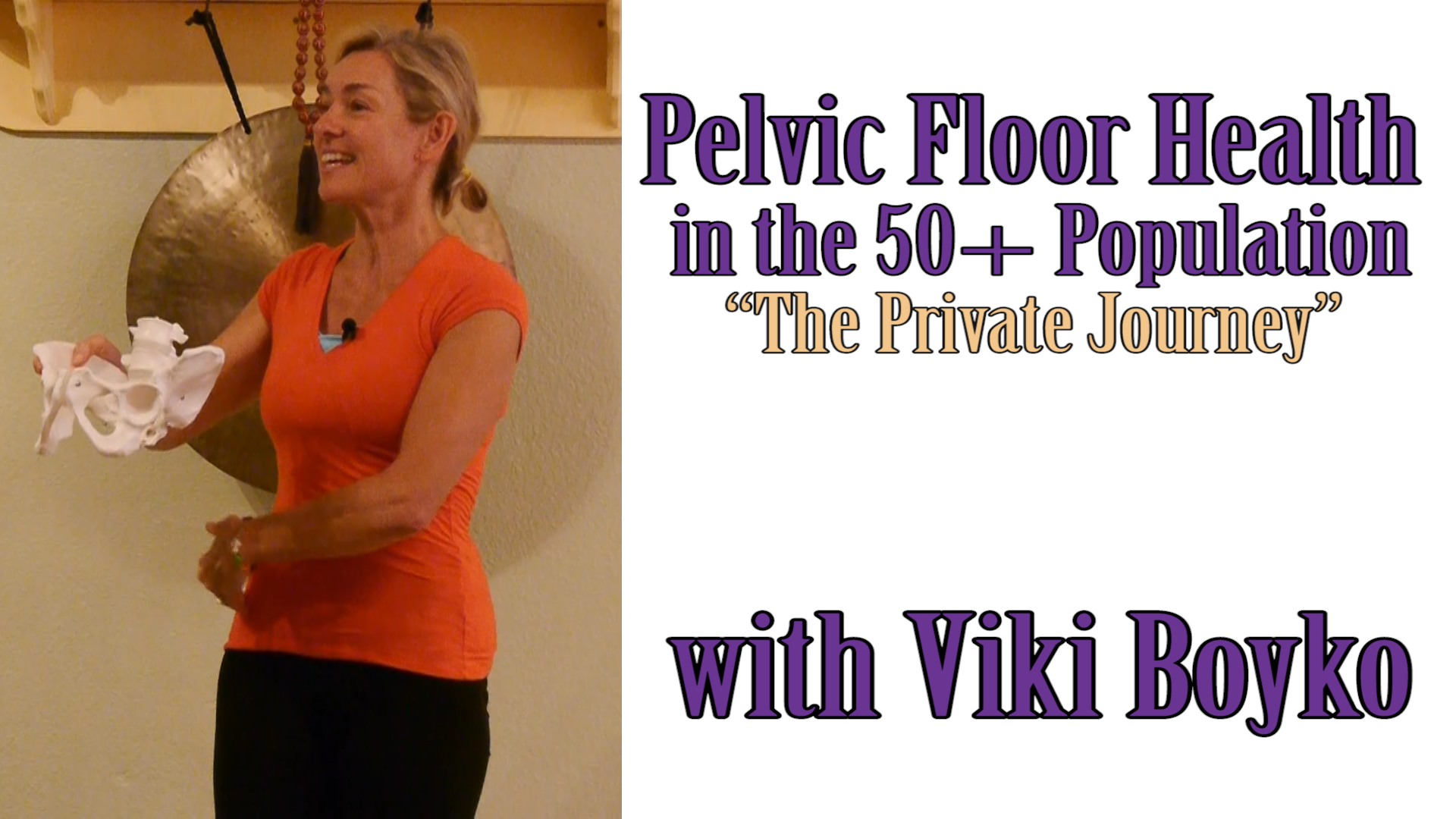Urinary/Bladder issues and the Pelvic Floor
Question from a Student:
Since I had my second daughter I’ve been having bladder/urinary issues, and after a lot of reading and doctors’ visits I’m starting to think that at least one source of my problem is with the pelvic floor muscles. The reading I’ve done advises against Kegel exercises for the symptoms I have, as the problem is likely due to pelvic muscle tightness rather than weakness. Would you know or know how I could get advice for yoga routines to relax the pelvic floor muscles? I’ve seen a few exercises on YouTube but am kind of at a loss in terms of a routine that I could practice regularly and hopefully work toward some healing…”

Answer from Viki Boyko:
What are the bladder/urinary issues? Stress incontinence, urge to go to the bathroom? I would first look at taking time out to de-stress. Nothing makes urgency worse than feeling stressed. 10-20 minutes a day in a constructive rest pose (Please see video below) or legs up the wall or another pose that allows you to ‘let go’. If you are holding on to tension in the pelvic floor then you are probably gripping elsewhere too – the jaw? the low back? Is it possible to take a restorative yoga class? Even a few moments focusing on the breath moving through the body may help bring calm – especially where your exhale is longer than the inhale.
There are many muscles and ligaments around the pelvic floor neighborhood that can be helped by yoga stretches. Here’s are some that I might try, though I don’t know if you know what the poses are:
- Arching and curling the spine (either cat/cow or lying down on your back with knees bent and feet on the floor) to ease and balance the low back and abdomen, both of which are attached to the pelvic floor.
- Reclined pigeon pose to stretch the piriformis muscle which can be a culprit for pelvic floor tightness.
- Inner thigh stretch – legs up the wall and take the legs into a wide straddle. Or lie supine with knees lifted over your hips. Relax the lower legs and feet and take your knees wide apart. Open and close the knees slowly with attention to your sit bones moving apart and together.
Keep the backs of the legs – calves and hamstrings stretched, too. The lower extremity, hip, abdomen, pelvis, and spine are a connected kinetic chain, any dysfunction along this chain may cause overcompensation and dysfunction of other associated muscles.
Practice squatting. Sit less, walk more. What is caffeine intake? Caffeine can be a bladder irritant.
There are many different ways to effectively stretch and release that area. I might be inspired to put a little video sequence together that you could use….gosh! Where to start!! Hope this kicks the ball off tho!
Viki

